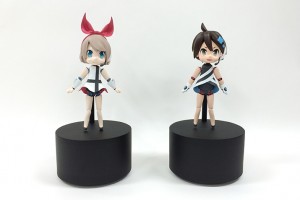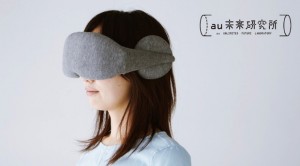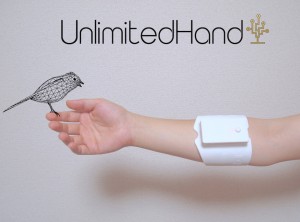Write More is a new type of writing instrument developed by Hakuhodo to help young kids write.
It works with an dedicated aim and iPhone to create enhanced “writing” sounds that encourage the scribe. An internal microphone and speaker amplifies the sounds when you write on paper placed over the board.
Research by the University of Tokyo shows that by hearing the sound of your own pen or writing instrument scraping or scratching on the surface, it assists in developing better and faster penmanship.
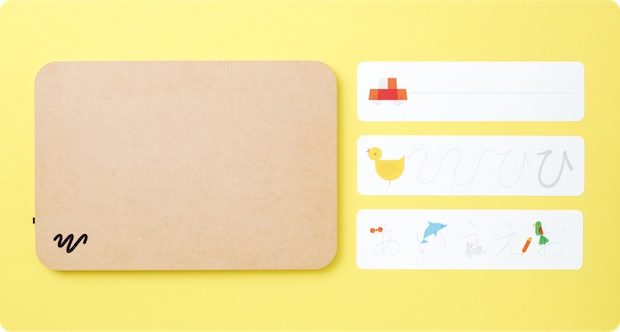
As we move more and more into the digital age, kids find themselves interacting with screens to type and tap. Produced by issue+design, Hakuhodo’s civic-minded concept studio, Write More promises to make writing by hand fun and responsive in a tactile and aural way.
Not just writing, it also offers opportunities for changing the way kids enjoy illustrating and coloring-in. Certain illustration templates could be downloaded so the system responds as the user draws and colors over the paper.

Hakuhodo’s prototype is tailored to the specifics of Japanese education and the Japanese language, since writing Japanese characters always requires a series of exact strokes in a certain order.
Traditionally Japan has had very high literacy, even in historical times, thanks to its unique writing system that involves multiple scripts, and a long-established temple school network. This continues today in how kids learn to write the complex Kanji characters in stages, first acquiring the base radicals and other simple characters by writing them out by rote. This is labor-intensive for little kids but an effective way to drill the stroke order into developing minds. As anyone who has tried to learn Kanji from an older age and without the foundational “training” stages will attest, the logographic script ain’t easy and to get to the stage where you can read, say, a newspaper requires you to slog up a long, steep path taking in something like 2,000 separate Kanji.
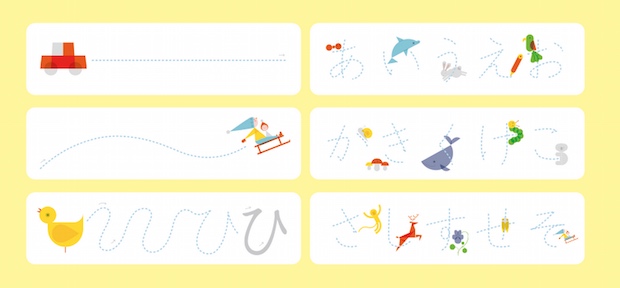
Bookworms aside, Japanese people are very familiar with reading on a daily level, despite the nation’s fame for “dumbed-down” literature like manga comic books. While some big kids-friendly Hollywood movies get dual releases in dubbed versions, audiences happily watch American and overseas films with subtitles — a format that is seen as a barrier to commercial success in English-speaking markets. Likewise, advertising always makes ample use of Japanese fonts and scripts to a far greater level than marketing in western nations.
That said, education standards in Japan are hardly universally praised and for years the media has deplored a phenomenon known as katsuji-banare — a “moving away from printed letters” — in spite of the bestselling likes of Haruki Murakami. Having a prime minister at one point who seemed barely literate also did little to assuage people’s fears that younger people are struggling with Kanji now.
Write More is one solution to making learning to write fun and effective for youngsters.

